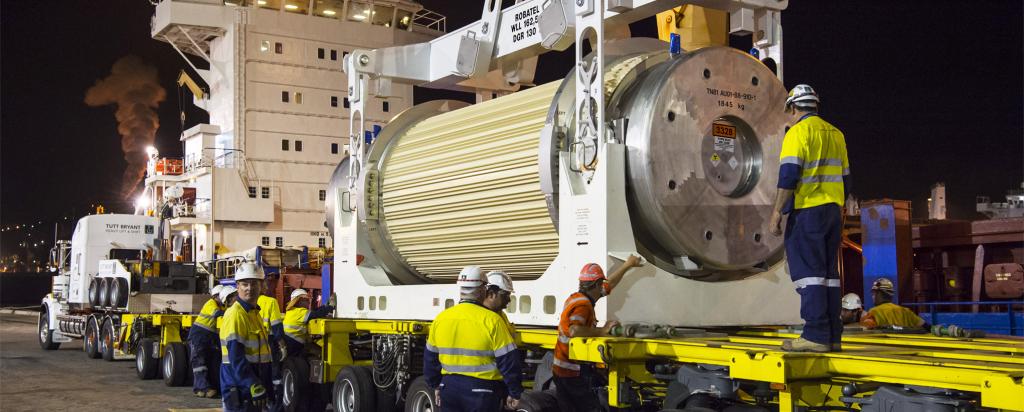
Today The Australian ran a story entitled “Fears for indigenous lands as foreign nuclear waste headed our way”, 18 September 2018.
ANSTO was not contacted in relation to the article, but can provide the following information in response which can be attributed to a spokesperson:
“Australia’s nuclear industry is vital because it enables production of nuclear medicine that one in two Australians on average need in their lifetime,” said the spokesperson.
“The industry however, is small by international standards, and so we don’t have the in-house ability to reprocess the by-product of spent nuclear fuel.
“Therefore we send spent fuel overseas to countries with much larger nuclear programs for reprocessing, which involves the removal of valuable materials like uranium and plutonium that are then recycled into power programs, and stabilising the rest of the material so it is suitable for permanent storage.
“Spent fuel was sent to the Dounreay in Scotland in 1996 for reprocessing. That facility used a process called cementation, which results in large volumes of waste compared to other methods.
“In line with a program of waste substitution created by the UK and Scotland at their initiation, Australia negotiated an agreement in 2012 and 2013 that was signed in 2014.
“That agreement means that instead of receiving 52 x 500 litre drums of cemented waste from Dounreay, Australia will receive a much smaller 4 x 170 litre canisters of glass waste from a UK facility at Sellafield.
“Based on advice from the nuclear experts at ANSTO, we can confirm that:
- The materials we were to receive from Scotland was classified as intermediate level waste, and the materials we will receive from the UK, is classified as intermediate level waste.
- That material is three per cent of the volume of waste that we would have otherwise received.
- It is more stable, easier to store, and the same level of activity – just in a condensed form.
- It’s also a good financial decision – as the reduced volume of the shipment, according to UK authorities, will be at least $10 million less expensive to move.”
In relation to the process to find a National Radioactive Waste Management Facility
“The National Radioactive Waste Management Facility will be for the permanent storage of Australian low level waste, and temporary storage of intermediate level waste.
“Intermediate level waste will only be temporarily stored there, until a permanent disposal site is identified in another location.”